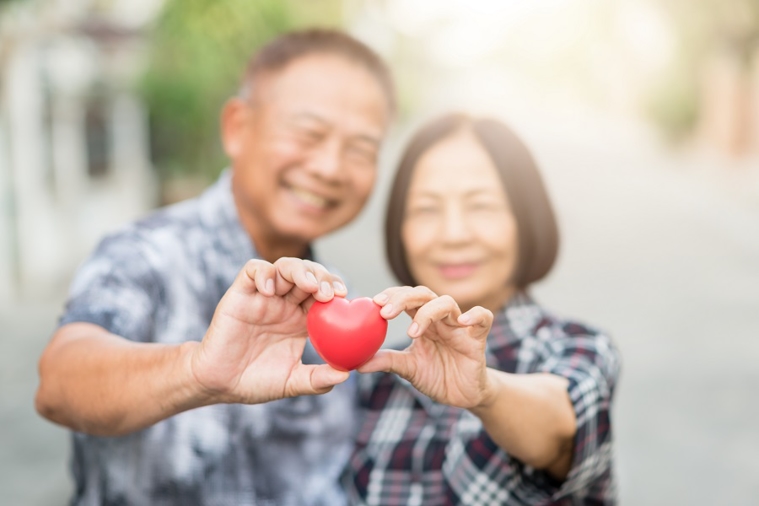The leg vein’s connected to the heart muscle
Feb 19, 2020

Most of us are familiar with the discolored, swollen veins that sometimes appear on the legs. But are these veins a cause for concern or merely a cosmetic nuisance?
About 15% of Americans deal with venous disease. Both spider and varicose veins are different manifestations of a condition called venous insufficiency. In this condition, the veins become damaged or weak, and blood flows backward. This causes veins to stretch, swell and twist. Poor circulation in one or both of the legs can lead to blood pooling, which causes varicose veins.
Are varicose veins dangerous?
Without treatment, venous disease can worsen over time due to the pressure created by the backflow of blood in the legs. In addition to visible varicose or spider veins, venous insufficiency can cause swelling or heaviness in the legs, leg pain, muscle cramping, restless legs, inflammation or even ulcerations.
Another complication of untreated varicose veins is deep vein thrombosis or DVT. DVT is a blood clot that forms deep in a varicose vein. If the clot loosens and breaks free, there is a risk that the clot will travel to the lungs, resulting in a potentially fatal pulmonary embolism.
What’s the connection to heart health?
“There’s a big connection between the veins and your heart health,” explains Karanbir Grewal, M.D., an interventional cardiologist at Adventist Health and Rideout. “Veins are the carriers of the blood to the heart. If a person has venous disease, the heart can’t pump enough blood and patients can get dizzy, lightheaded and sometimes pass out.”
Dr. Grewal also explains that some of the symptoms of venous disease can overlap with other conditions like congestive heart failure (CHF) or peripheral arterial disease (PAD). Both venous disease and CHF cause leg swelling. Some patients may present for vein treatment and find out they have a heart condition. Both venous disease and PAD may cause leg inflammation or ulcerations. Treating venous disease in this scenario may cause serious complications. “Diseases can frequently coexist,” Dr. Grewal explains. “So it’s important to see a cardiovascular specialist who treats both veins and arteries.”
Who is at risk?
Venous insufficiency and varicose veins can have a genetic component. People who have jobs where they stand for long periods are also at higher risk of venous disease. Women commonly also experience leg swelling in pregnancy, which can lead to venous insufficiency and chronic edema. Lack of muscle tone, excess weight and a history of blood clots can also increase the risk of vein problems.
What can I do?
Thankfully, both the arterial and venous systems respond favorably to a heart-healthy lifestyle that includes a proper diet and exercise. Dr. Grewal recommends exercising the legs regularly, especially the calf muscles. “They’re the only pump we have that pushes blood from the feet to the heart,” he says.
For people who have vein disease, treatment may include compression stockings, elevation of the feet, medication, sclerotherapy or vein ablation. A cardiologist can recommend which treatment option is best for each individual.
“Even though symptoms are not always obvious, once a patient gets treatment for venous disease, they almost immediately realize life can be better,” Dr. Grewal says. “I’ve found that treatment for venous insufficiency gives patients a high level of satisfaction because they see improvement right away, both in how they look and how they feel.”

